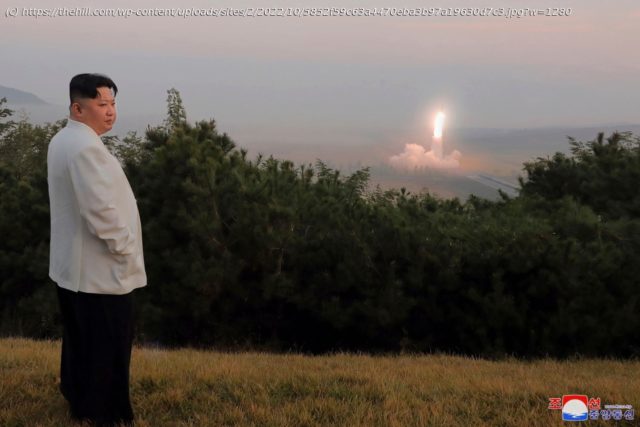Array
The recent spate of North Korean missile tests has resurrected the “denuclearization vs arms control” debate.
Eleven United Nations resolutions require Pyongyang to denuclearize by abandoning its nuclear and missile programs in their entirety. Arms control advocates deride this as an unrealistic policy goal and call, instead, for freezing North Korea’s nuclear and missile threats. But they have yet to provide a convincing argument that an arms control approach would be any more successful at curbing the North Korean threat — or even induce Pyongyang to resume negotiations, for that matter. The regime has rejected all U.S. and South Korean entreaties for dialogue for several years.
Arms control proponents have mischaracterized denuclearization as requiring North Korea to rapidly abandon the entirety of its nuclear and missile programs before receiving any benefits. But denuclearization proposals, including previous agreements with Pyongyang, call for incremental implementation over a period of years based on reciprocal actions by all parties. In this, they follow the path of arms control treaty negotiations with the Soviet Union.
Nor is the “new” arms control approach all that new. The “limit and freeze” approach did not work when North Korea signed the Nonproliferation Treaty (1985), International Atomic Energy Agency safeguards (1992), the inter-Korean nuclear agreement (1992) and the Agreed Framework (1994). North Korea violated each of those agreements, then failed to abide by its commitment in subsequent denuclearization accords.
North Korean dictator Kim Jong-un’s denuclearization vow in the 2018 Singapore summit statement was also a sham. Having repeatedly broken its word, why should we believe Pyongyang would honor its signature on an arms control agreement?
Abandoning denuclearization as a policy objective would have significant repercussions.






